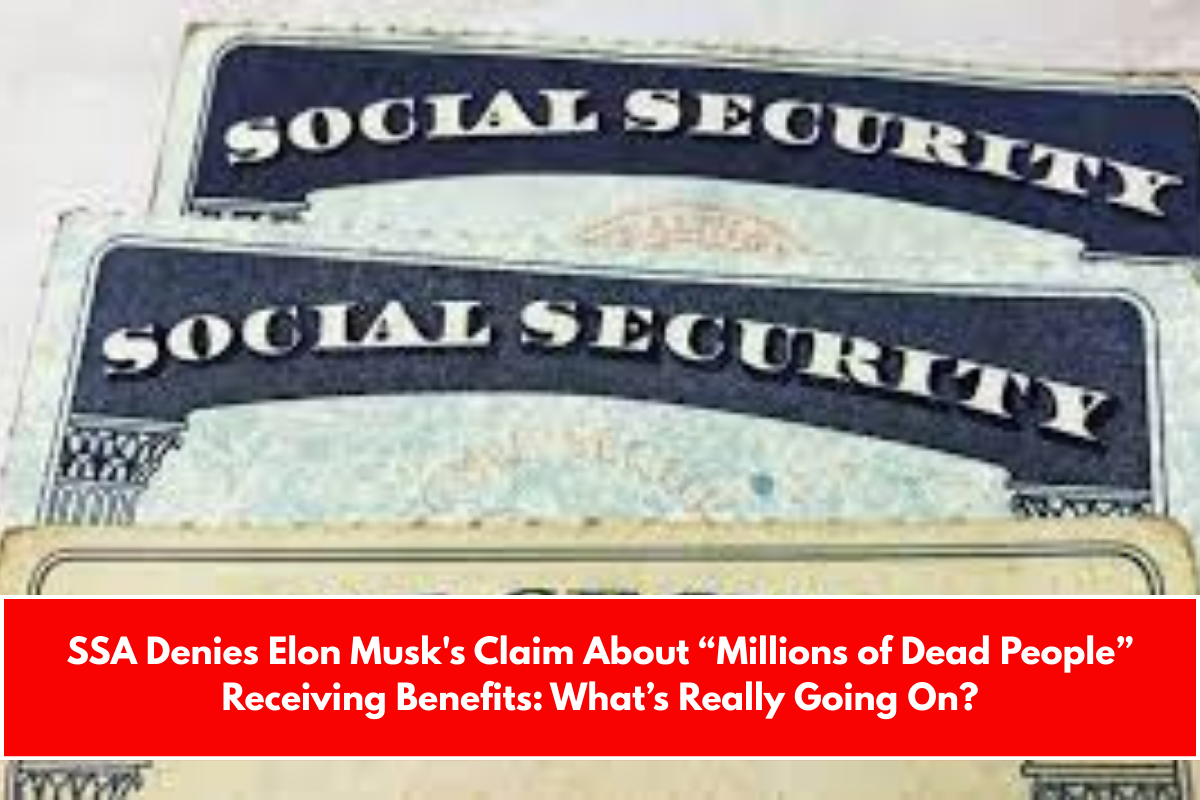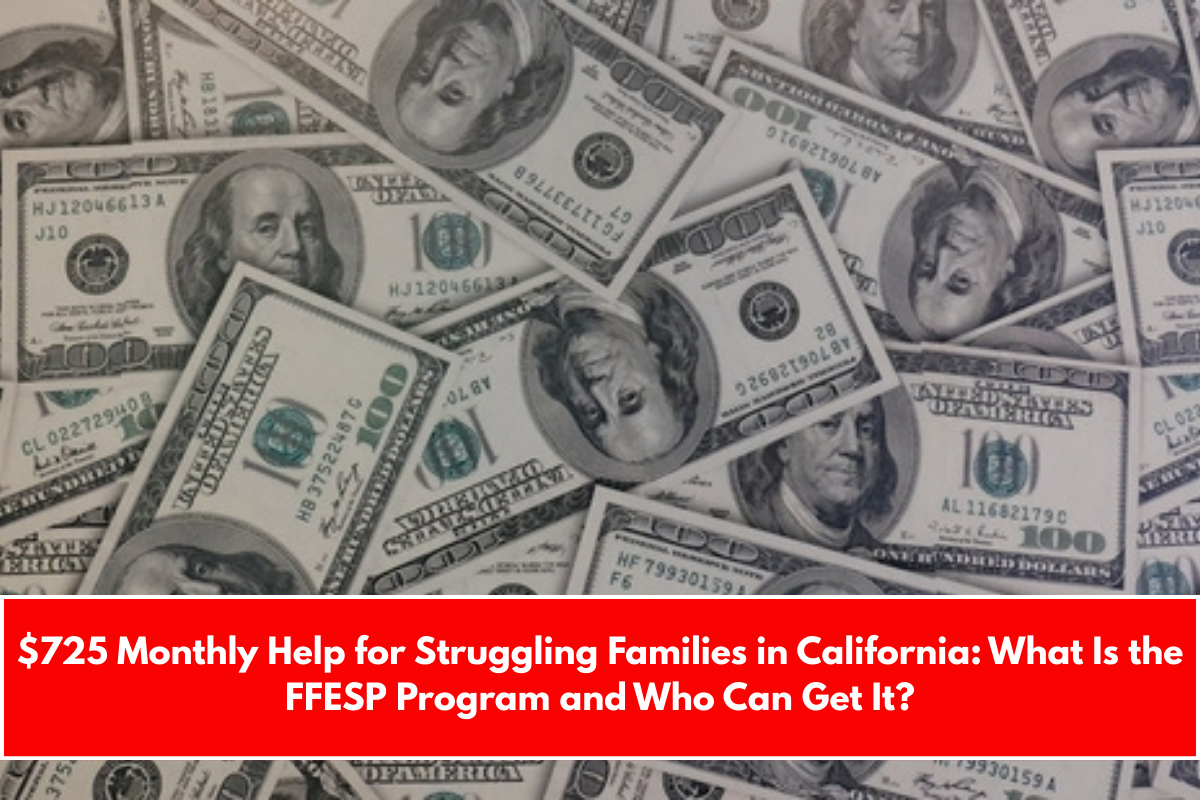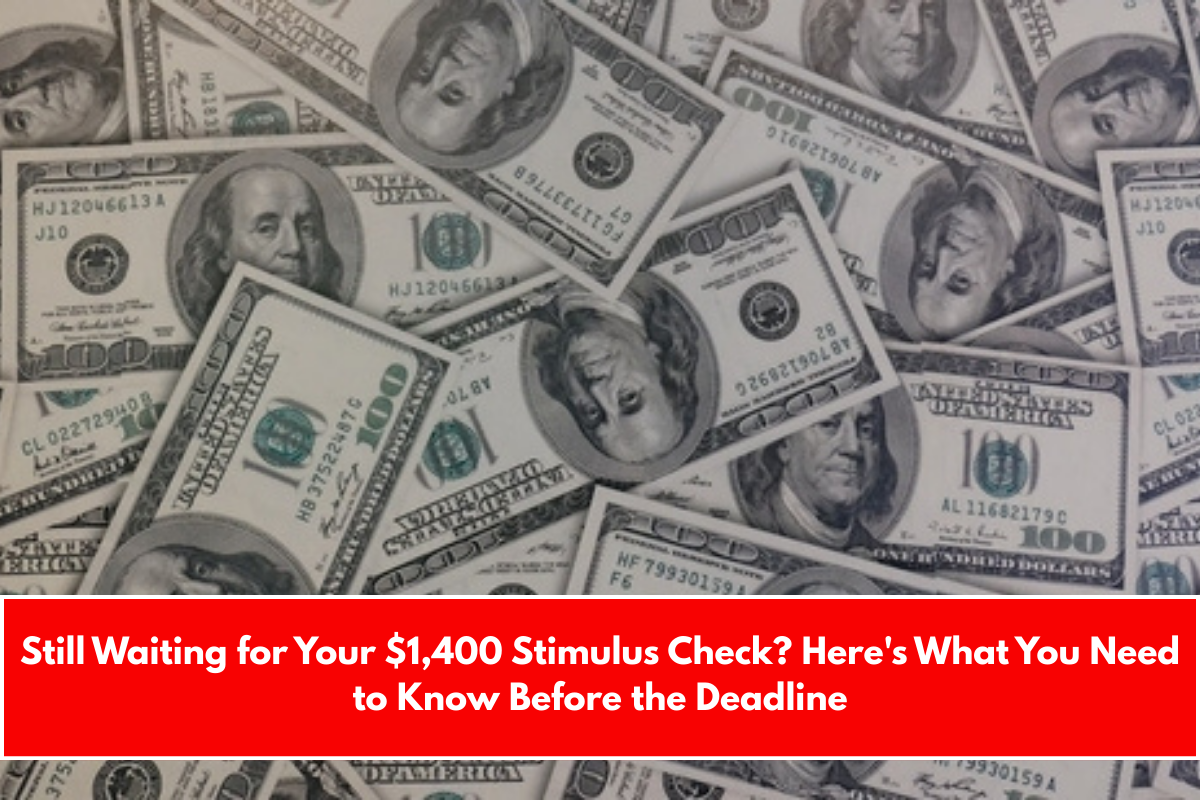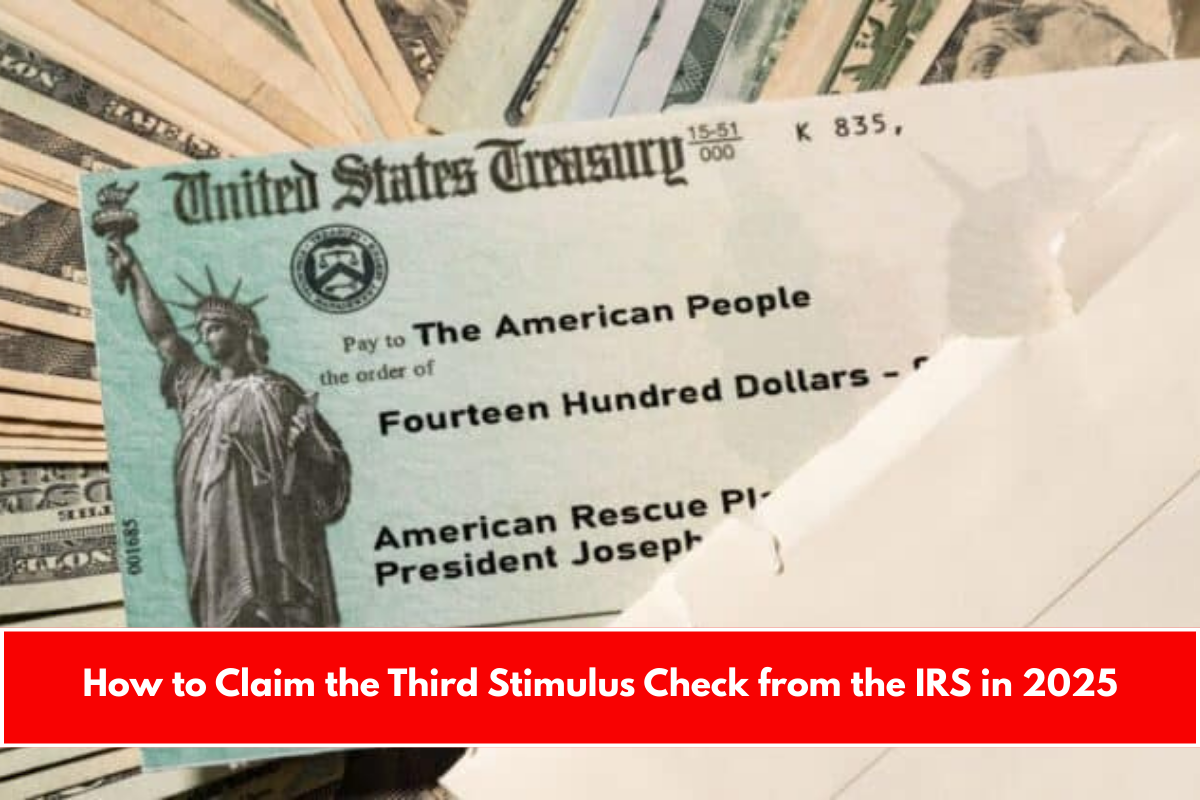Recently, a bold claim made by Elon Musk has caused confusion about the Social Security Administration (SSA). Musk, who now leads the Department of Government Efficiency (DOGE) under President Trump’s administration, posted on X (formerly Twitter) that “tens of millions” of dead people are still listed as alive in SSA’s system. He called it a “HUGE problem.”
But the SSA quickly responded to clear the air. In a detailed press release, the agency strongly denied Musk’s claims and explained how it manages death reports accurately, even if a few errors happen every year.
Let’s take a closer look at what both sides are saying, and what you need to know to keep your Social Security records safe.
What Did the SSA Say About the Claim?
According to the SSA, the facts tell a very different story from Musk’s dramatic post.
Each year, the SSA receives over 3 million death reports from trusted sources, including:
State government agencies
Family members
Funeral homes
Banks and financial institutions
Despite the large number of reports, SSA says less than 0.3% (that’s less than one-third of 1%) are incorrect and need to be fixed. Most of these errors are not about dead people getting paid, but rather about living people wrongly reported as dead.
What Happens When Someone Is Mistakenly Reported Dead?
While rare, these errors can have serious consequences. If someone is wrongly marked as deceased:
Their benefits are suddenly stopped
Money in their bank account can be withdrawn by the SSA
It can cause financial and emotional distress for the person and their family
For example, 82-year-old Ned Johnson lost access to his monthly benefits and $5,201 was taken from his account after he was wrongly declared dead. The issue was later corrected, but not without stress and delay.
How Does SSA Prevent Such Errors?
To reduce mistakes, the SSA has introduced safety steps:
Automated checks that stop benefits for people over 115 years old, since extremely few people live beyond that age
Cross-checking data from several sources before making updates
Using technology and manual verification together for higher accuracy
The SSA also confirmed that only 0.1% of its 67 million Social Security beneficiaries are over 100 years old—so cases involving extremely old records are very rare.
What Can You Do If You’re Worried?
If you’re a Social Security recipient or a family member and are concerned about your status:
Log in to your my Social Security account to review your information
Call the SSA’s toll-free number if you suspect an error
Visit your local SSA office with a valid ID if you believe you were wrongly declared dead
The SSA can issue an official correction letter to help fix issues with banks or other agencies
Watch Out for Scams
The SSA also warned of a rise in fraudulent calls and scams where people pretend to be SSA representatives. Always use official SSA contact methods and never share personal details over unknown phone calls or emails. If unsure, talk to a trusted financial advisor.
Despite Elon Musk’s loud claims, the SSA has confirmed that its death records are highly accurate. Mistakes do happen, but they are extremely rare and mostly involve living people wrongly reported as dead—not the dead receiving payments.
The SSA processes millions of death notifications every year with a strong system in place. If you’re ever affected or worried, the SSA has clear steps to help fix the problem. It’s also important to stay alert for scams and use only trusted channels to manage your Social Security account.
Also see:- Alaska’s $1,702 Stimulus Payment 2025: Who Gets It and When?

















